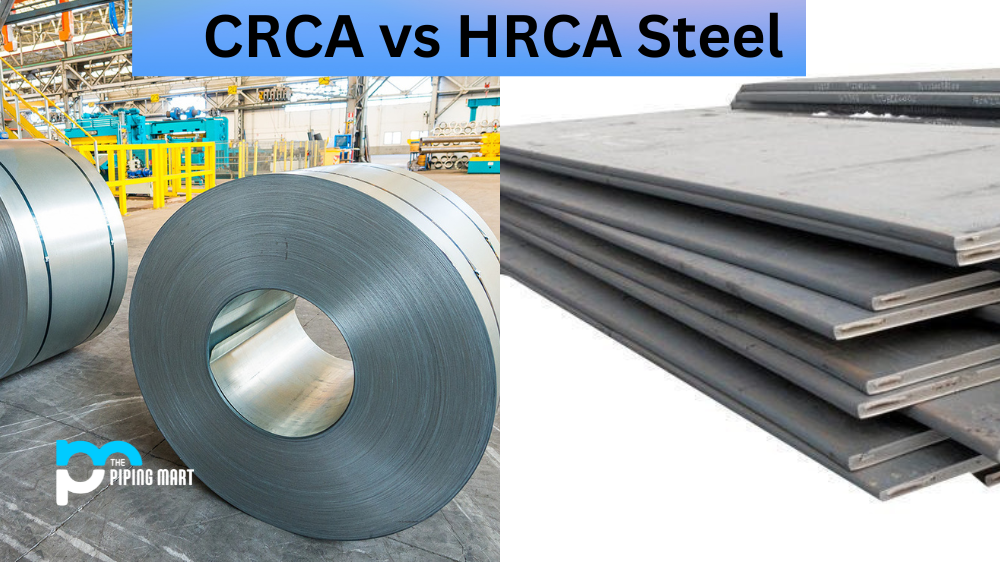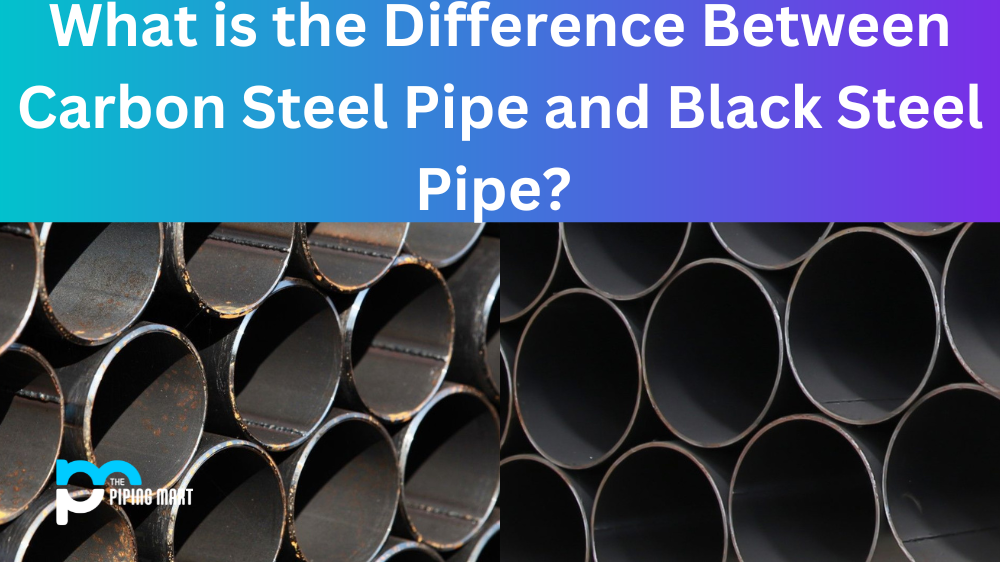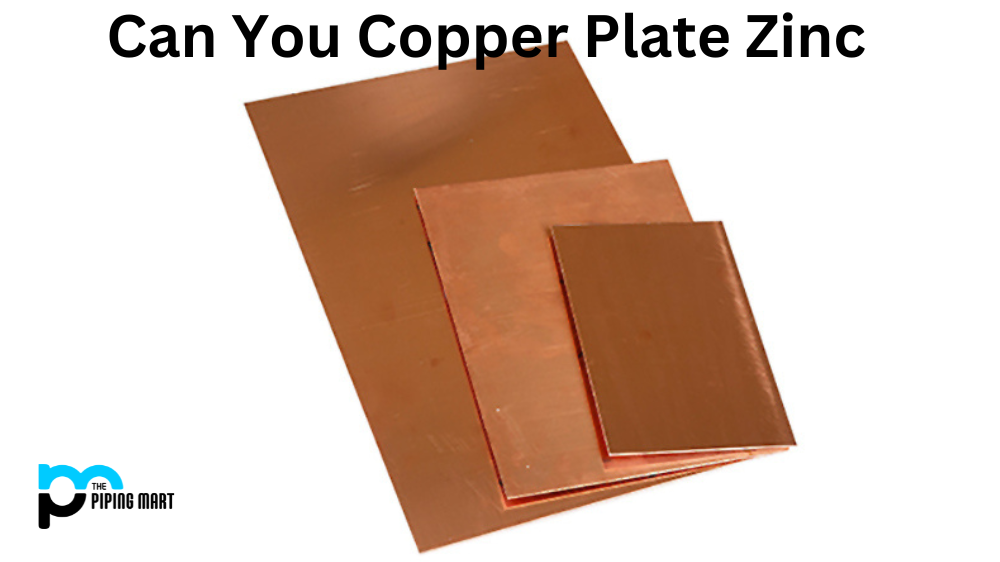Steel is a versatile and widely used material in various industries, from construction and manufacturing to automotive and aerospace industries. But not all steels are created equal – their properties, composition, and manufacturing processes differ. Two common types of steel, CRCA and HRCA, are often compared and contrasted due to their similar names and features. This blog post delves into the differences between CRCA and HRCA steel and when and why to use each type.
What is CRCA Steel?
CRCA stands for Cold Rolled Close Annealed Steel, which refers to its manufacturing process. CRCA steel passes hot-rolled steel through a series of cold rollers to reduce its thickness and improve its surface finish and mechanical properties. The steel is then annealed, or heat-treated, in a controlled atmosphere to improve its ductility and formability. CRCA steel is known for its smooth and uniform surface, high strength, and good dimensional accuracy. It is widely used in sheet metal components, pipes, and automotive parts.
What is HRCA Steel?
HRCA stands for Hot Rolled Close Annealed steel, another type that goes through a different manufacturing process than CRCA. HRCA steel is made by heating it to high temperatures and rolling it into various shapes and sizes. The steel is then annealed in a controlled atmosphere to improve its machinability, strength, and flexibility. HRCA steel is known for its toughness, uniform grain structure, and low cost. It is often used in structural components, machinery, and tools.
Differences Between CRCA and HRCA Steel
Despite their similar names and annealing process, CRCA and HRCA steel differ significantly in their properties and applications. CRCA steel is typically thinner and smoother than HRCA steel, with a higher strength-to-weight ratio and better surface finish. This makes it suitable for precise and complex sheet metal components, electrical equipment, and furniture. HRCA steel, on the other hand, is thicker and tougher than CRCA steel, with a lower yield strength but higher tensile strength. This makes it suitable for heavy-duty structures, machinery, and weldments.
Advantages and Disadvantages
CRCA and HRCA steel has advantages and disadvantages, depending on the specific application and requirements. The advantages of CRCA steel include its high strength, good dimensional accuracy, and consistent surface finish. However, it is also more expensive and harder to work with than HRCA steel. The advantages of HRCA steel include its low cost, high toughness, and good weldability. However, it may have a less uniform surface finish and dimensional accuracy than CRCA steel.
When and why to use CRCA or HRCA steel
Choosing between CRCA and HRCA steel depends on several factors, such as the desired thickness, surface finish, strength, and cost. CRCA steel is preferred for applications that require precision and high strength, such as electronic enclosures, automotive parts, and containers. HRCA steel is preferred for applications that require toughness and low costs, such as construction beams, machinery frames, and agricultural equipment. Ultimately, it’s important to consult with a steel expert to determine the most suitable type of steel for your specific project.
Conclusion
In conclusion, CRCA and HRCA steel are common but distinct steel types with different properties, applications, and manufacturing processes. Understanding their differences can help you choose the right type of steel for your project based on the required thickness, strength, surface finish, and cost. Whether you need CRCA steel for a precise and high-strength component or HRCA steel for a heavy-duty structure, both types of steel have their advantages and can meet your needs.
Meet Heer, a dynamic and driven writer learning tricks of her trade in the metal industry. With a background in Digital Marketing, Heer brings a unique perspective to her writing, sharing valuable insights. Apart from blogging she like reading and hiking.




